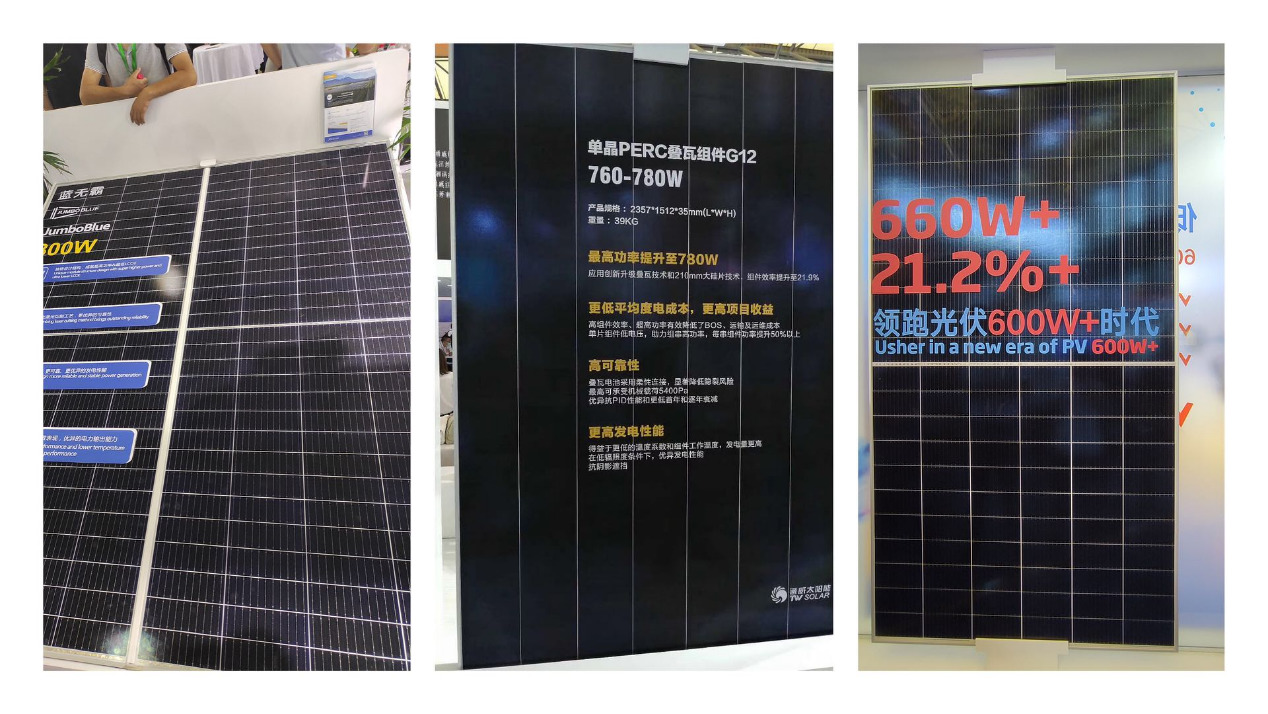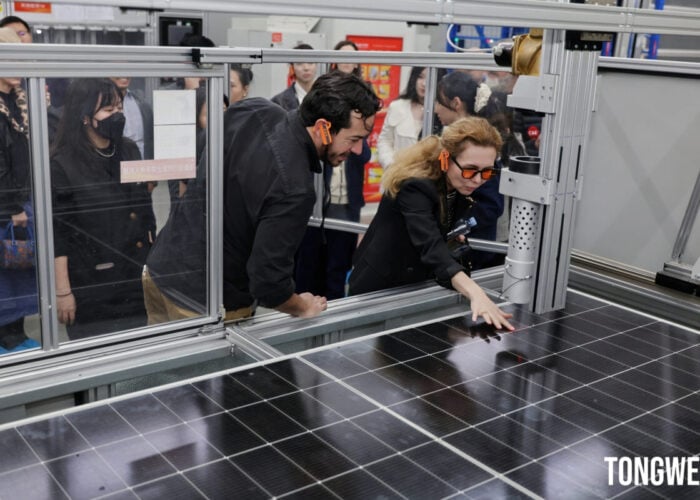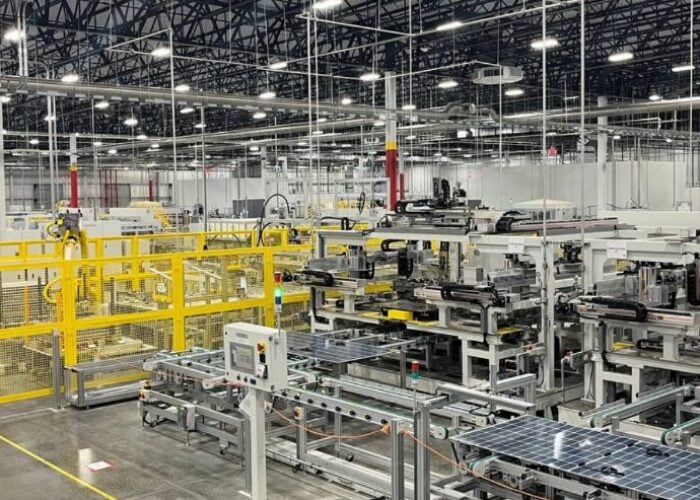
The solar supply chain will have to markedly adapt and change current solar shipping practices and overhaul utility-scale solar design models to accommodate next generation panels, industry stakeholders have said.
New, higher-power solar modules, particularly those that make use of large-area wafers, are typically either more than 2.2 metres long and 1.3 metres wide and weigh in excess of 30 kilograms, with may coming in around the 35 kilogram mark.
Try Premium for just $1
- Full premium access for the first month at only $1
- Converts to an annual rate after 30 days unless cancelled
- Cancel anytime during the trial period
Premium Benefits
- Expert industry analysis and interviews
- Digital access to PV Tech Power journal
- Exclusive event discounts
Or get the full Premium subscription right away
Or continue reading this article for free
These dimensions – notably larger and heavier than modern panels – will require changes in the way modules are shipped and distributed, while developers and EPCs will have to reconfigure the way utility-scale solar farms are designed and built, industry stakeholders have said.
The subject is the main topic for the cover story of Volume 24 of PV Tech Power, PV Tech’s comprehensive quarterly journal dedicated to the downstream solar sector, published next week.
Speaking to PV Tech Power, one major module manufacturer pointed towards potential shipping constraints caused by increasing module sizes, with the dimensions standard shipping containers used in global logistics serving as a “practical real-world limit” that could impact on the distribution of next-generation panels.
Meanwhile, the combined weight of pallets containing new modules was also raised as an issue, especially when it came to shipping such panels to construction sites on road. A standard shipment of some 30 panels per pallet, with each panel weighing up to 40 kilograms, would mean a total pallet weight of up to 1.2 tonnes. “How do you want to drive these through mud on a construction site?” asked Tino Weiss, head of global purchasing at German developer BayWa r.e.
The weight of new panels could also impact construction practices in established solar markets worldwide, especially in those markets where labour protections are in place that limit the amount of weight one person can carry unaided.
European Union directive 90/269/EEC, otherwise known as the Manual Handling Directive, protects manual workers from the handling of loads too heavy or large that could cause injury. Precise limits vary, but it is generally excepted that the limit for any one person to handle is 25 kilograms.
The introduction of panels weighing considerably above that limit means strict adherence to safe labour practices will require more workers on construction sites to lift panels into place, potentially increasing labour costs over time.
More detail on this story, which provides a comprehensive analysis of the benefits and potential drawbacks to high-power panels across the solar supply chain, is to be published in the next volume of PV Tech Power next week. To receive your free digital copy direct to your inbox, subscribe here.






